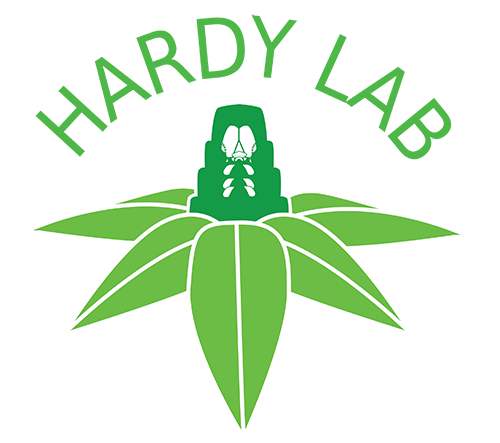Valid Names Results
Platylecanium eastopi (Hodgson, 2025) (Coccidae: Platylecanium)Nomenclatural History
- Platylecanium astopi Hodgson 2025a: 169. Type data: MALAYSIA: Sarawak, G. Mulu Nat. Park, on "Long Pala", 6/18/1978, by V.F. Esastop. Holotype, female, by original designation Type depository: London: The Natural History Museum, England, UK; accepted valid name
Common Names
Ecological Associates
Geographic Distribution
Countries: 1
- Malaysia
- Sarawak | Hodgso2025a
Keys
Remarks
- Systematics: P. eastopi appears to be very similar to P. asymmetricum but it differs in numerous ways, particularly in: (i) the absence of a deep cleft on the underside of inner margin of each anal plate, and (ii) in the absence of preopercular pores. At the present time, P. eastopi is known only from the original collection off an unknown plant in Sarawak.
- Structure: Slide-mounted adult female body elongate and strongly asymmetrical on both dorsum and venter; small, length 2.8‒3.0 mm, width 1.25‒1.3 mm; anal cleft short, about 1/9th of body length. Platylecanium eastopi can be diagnosed by the following combination of character-states: (i) body elongate (and asymmetric in shape); (ii) anal plates as long as their combined widths; (iii) each anal plate with anterior and posterior margin subequal in length; (iv) body margin crenulated; (v) marginal setae longer than dorsal setae; (vi) preopercular pores apparently absent; (vii) each stigmatic cleft with 3 narrow stigmatic spines, none reaching margin; (viii) multilocular disc-pores very few, restricted to abdominal segments VII and VI; (ix) legs present but very reduced, and (xii) antennae very reduced. (Hodgson, 2025a)
- General Remarks: Detailed description and illustration in Hodgsonk 2025a.
Illustrations
Citations
- Hodgso2025a: description, diagnosis, distribution, illustration, taxonomy, 169-171


